Home>Garden Essentials>How To Grow Lettuce Indoors From Seeds
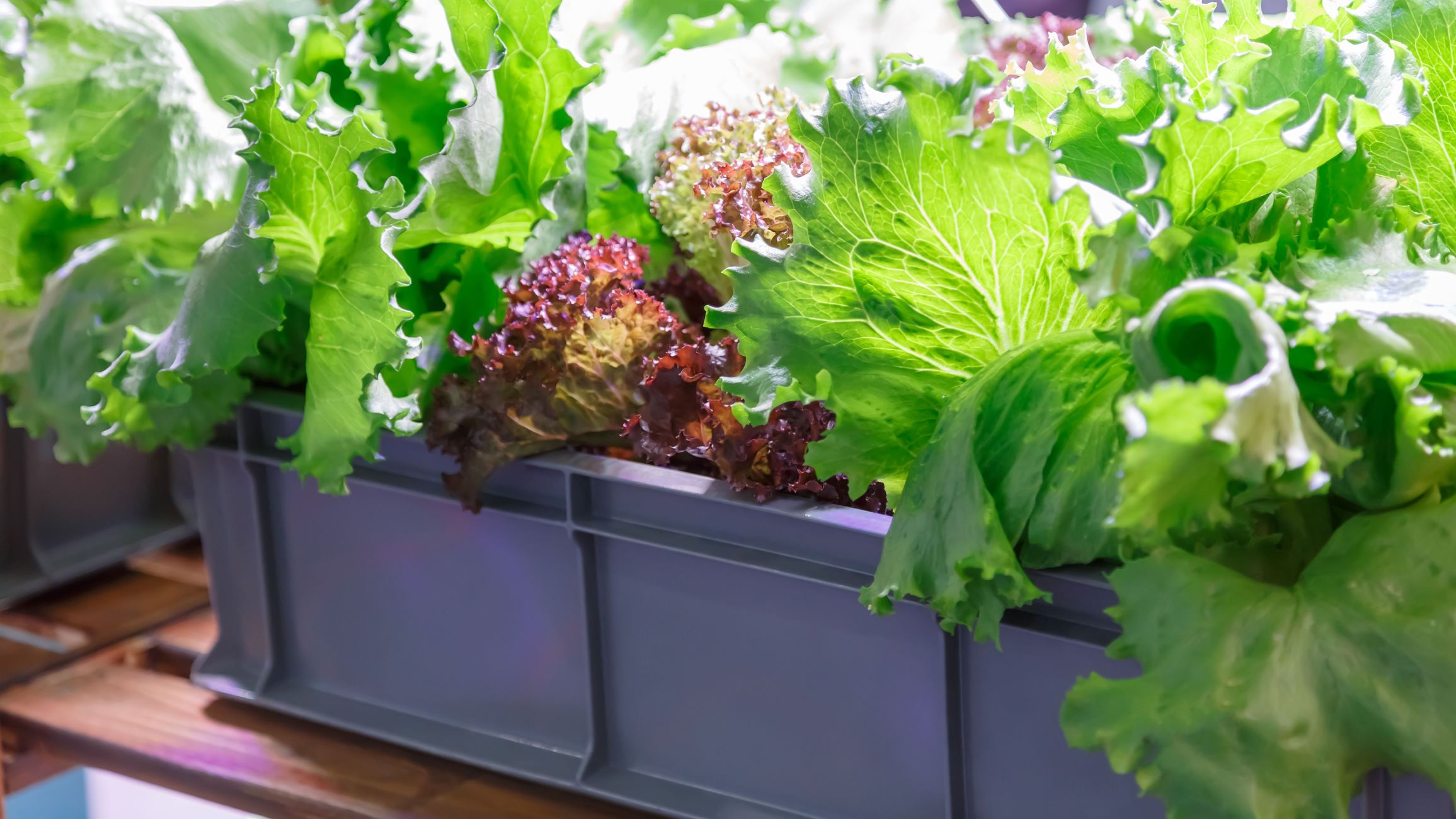

Garden Essentials
How To Grow Lettuce Indoors From Seeds
Modified: March 16, 2024
Learn how to grow lettuce indoors from seeds in your garden and enjoy fresh, homegrown salads all year round.
(Many of the links in this article redirect to a specific reviewed product. Your purchase of these products through affiliate links helps to generate commission for Storables.com, at no extra cost. Learn more)
Introduction
Welcome to the exciting world of indoor gardening! If you’ve ever wanted to enjoy fresh, crisp lettuce year-round, growing lettuce indoors from seeds is the perfect solution. Not only is it a rewarding and fun experience, but it also allows you to have a constant supply of homegrown greens at your fingertips.
Indoor gardening has gained immense popularity in recent years, and for good reason. It allows you to have complete control over the growing conditions, ensuring optimal growth and harvest. Lettuce, with its fast growth rate and compact size, is an ideal plant to cultivate indoors.
In this article, we will guide you through the process of growing lettuce indoors from seeds. We will cover everything from choosing the right variety of lettuce seeds to harvesting your own delicious lettuce leaves. So, let’s get started and embark on this green journey together!
Key Takeaways:
- Enjoy year-round fresh lettuce by growing indoors. Choose the right seeds, provide proper lighting and temperature, and harvest for continuous supply.
- Harvest your own indoor lettuce for delicious, fresh salads. Care for your plants, manage pests, and savor the rewards of homegrown greens.
Read more: How To Grow Romaine Lettuce From Seeds
Choosing the Right Variety of Lettuce Seeds
When it comes to growing lettuce indoors, choosing the right variety of seeds is crucial. There are numerous lettuce varieties available, each with its own unique characteristics and flavors. Here are some factors to consider when selecting lettuce seeds for indoor gardening:
- Growth habit: Lettuce can be categorized into four main types based on their growth habits – loose-leaf, romaine, butterhead, and crisphead. Loose-leaf lettuce is the easiest to grow indoors as it matures quickly and can be harvested as young leaves. Romaine lettuce is known for its upright growth and crisp texture. Butterhead lettuce forms loose heads with tender leaves, while crisphead lettuce forms tight, crunchy heads.
- Space availability: Consider the amount of space you have available for your indoor lettuce garden. If you have limited space, opt for compact or dwarf varieties that don’t require as much room to grow.
- Preferred taste and texture: Lettuce comes in a wide range of flavors and textures, from mild and delicate to robust and peppery. Determine your preferences and choose varieties that align with your taste preferences.
- Growing season: Different lettuce varieties have varying growth rates and tolerances to heat or cold. Ensure that the variety you choose has a shorter growing season and can tolerate the indoor temperature and lighting conditions.
- Succession planting: If you want a continuous supply of lettuce, consider selecting varieties that have staggered maturity dates. This way, you can sow seeds at intervals to ensure a steady harvest.
When selecting lettuce seeds, it’s also worth considering the reputable seed companies that offer high-quality seeds. Look for organic, non-GMO seeds to ensure the best results and support sustainable gardening practices.
By taking these factors into account, you can choose lettuce seed varieties that are well-suited for indoor growing and align with your personal preferences. Experiment with different varieties to discover your favorites and enjoy a diverse selection of homegrown lettuces.
Gathering the Necessary Supplies
Before you start growing lettuce indoors from seeds, it’s important to gather all the necessary supplies. Here’s a list of essential items you’ll need for a successful indoor lettuce garden:
- Seeds: Choose high-quality lettuce seeds from a reputable source. Consider selecting a variety or multiple varieties based on your preferences and available space.
- Containers: Select suitable containers for growing lettuce. You can use plastic pots, trays, or even repurpose containers such as food-grade buckets or salad boxes. Ensure that the containers have adequate drainage holes to prevent waterlogging.
- Seed starting mix: Use a well-draining seed starting mix or a combination of compost, peat moss, and vermiculite to provide the ideal growing medium for your lettuce seeds.
- Grow lights: Since indoor environments may not provide sufficient natural light, invest in high-quality grow lights to ensure adequate light for your lettuce plants. LED grow lights are energy-efficient and provide a full spectrum of light that supports plant growth.
- Heating mat: If the indoor temperature is on the cooler side, consider using a heating mat to provide gentle warmth to the seeds and promote germination.
- Watering can or spray bottle: You’ll need a watering can or a spray bottle for gentle and controlled watering of your lettuce plants.
- Organic fertilizer: Choose an organic fertilizer specifically formulated for leafy greens to provide the necessary nutrients for healthy growth.
- Plant labels: It’s helpful to label your containers with the variety and planting date to keep track of your lettuce plants.
- Garden shears: Invest in a pair of garden shears for harvesting your lettuce leaves when they are ready.
- Optional: Consider additional supplies such as a fan for air circulation, a humidity tray to increase moisture levels, and a trellis or support system for taller lettuce varieties.
Ensure that your supplies are clean and sterilized to prevent the spread of diseases or pests. Before planting your lettuce seeds, gather all these essential supplies to create an optimal environment for successful indoor lettuce cultivation.
Preparing a Suitable Container
Choosing the right container is vital for the successful growth of lettuce indoors. The container should provide enough space for the lettuce roots to spread and have adequate drainage to prevent waterlogging. Here are the steps to prepare a suitable container for growing lettuce:
- Select the right size: Choose a container that is at least 6-8 inches deep to accommodate the lettuce roots. The width of the container depends on the number of lettuce plants you intend to grow. Each plant should have ample space for healthy growth.
- Ensure proper drainage: Look for containers with drainage holes at the bottom to allow excess water to escape. If there are no drainage holes, you can drill them using a small drill bit.
- Clean and sterilize the container: Before planting, clean the container thoroughly with warm water and mild dish soap. Rinse well to remove any residue. Sterilize the container by soaking it in a solution of 1 part bleach to 9 parts water for 10 minutes. Rinse again to remove any traces of bleach.
- Add a drainage layer: Place a layer of rocks or pebbles at the bottom of the container to enhance drainage. This prevents the roots from sitting in excess water, which can lead to root rot.
- Fill the container with the growing medium: Fill the container with a well-draining seed starting mix or a combination of compost, peat moss, and vermiculite. Leave about an inch of space at the top to allow for watering.
- Moisten the growing medium: Before sowing the lettuce seeds, moisten the growing medium with water. Ensure that it is evenly moist but not waterlogged.
Once you have prepared the container, it’s ready for planting your lettuce seeds. Remember to place the container in a suitable location with proper lighting and temperature conditions. This will provide your lettuce plants with the best environment for healthy growth and abundant harvest.
Providing Proper Light and Temperature
Proper lighting and temperature are critical factors for the successful growth of lettuce indoors. Since natural light indoors may not be sufficient, providing supplemental grow lights and controlling the temperature are essential. Here’s what you need to know:
Lighting:
- Place your lettuce container in a location that receives at least 6-8 hours of bright, indirect sunlight per day. If natural light is limited, use grow lights to ensure your lettuce plants receive adequate light.
- LED grow lights are ideal for indoor gardening as they provide a full spectrum of light necessary for healthy plant growth. Position the grow lights about 6-12 inches above the lettuce plants and adjust the height as they grow.
- Provide a light-dark cycle for your lettuce plants. Aim for 14-16 hours of light and 8-10 hours of darkness per day. You can use a timer to automate the light cycle.
Temperature:
- Lettuce prefers cool temperatures, ideally between 60-70°F (15-21°C). Avoid exposing them to extreme heat or cold, as it can affect their growth and flavor.
- Ensure that the temperature in your indoor growing area remains relatively consistent. Avoid placing the lettuce plants near drafts or sources of heat, such as radiators or air vents.
- If the temperature is too high, consider using a fan to provide air circulation and help cool down the environment. If the temperature is too low, a heating mat can be used to raise the soil temperature slightly.
Monitoring the temperature and light levels regularly is crucial. Use a thermometer to check the temperature in your growing area and adjust accordingly to provide the optimal conditions for your lettuce plants.
By providing proper lighting and maintaining a suitable temperature, you will ensure that your lettuce plants thrive and produce delicious, healthy leaves. This will ultimately contribute to a bountiful and satisfying indoor gardening experience.
Ensure your lettuce seeds have plenty of light, warmth, and moisture to germinate. Once they sprout, provide them with at least 12 hours of light per day to encourage healthy growth. Keep the soil consistently moist, but not waterlogged, and thin out the seedlings to give them space to grow.
Read more: How To Grow Sage Indoors From Seed
Planting the Lettuce Seeds
Now that you have prepared your container and set up the right lighting and temperature conditions, it’s time to plant the lettuce seeds. Here’s a step-by-step guide to planting your lettuce seeds:
- Moisten the growing medium: Before sowing the seeds, ensure that the growing medium is evenly moist. Use a spray bottle or watering can with a fine nozzle to avoid overwatering.
- Sow the seeds: Sprinkle the lettuce seeds evenly over the surface of the growing medium. Aim for a spacing of about 1 inch between the seeds to allow ample room for growth.
- Lightly cover the seeds: Gently sprinkle a thin layer of the growing medium or vermiculite over the seeds to cover them. The layer should be about ¼ inch thick. Press it down lightly to ensure good seed-to-soil contact.
- Moisten the soil surface: Using the spray bottle or watering can, mist the soil surface to keep it moist. Avoid soaking the soil to prevent seed displacement or rotting.
- Label the container: Place a plant label in the container, noting the variety of lettuce and the date of planting. This will help you keep track of your plants as they grow.
- Cover the container: To create a greenhouse-like environment, cover the container with a clear plastic lid or plastic wrap. This will help retain moisture and create a humid microclimate for germination.
After planting, place the container in a warm location with indirect light. Keep an eye on the moisture level of the growing medium and mist it whenever necessary to maintain a consistently moist environment.
Within a week or two, you should start seeing the lettuce seeds germinate and tiny seedlings emerge from the soil. At this stage, remove the plastic cover and continue to provide adequate light and moisture for their growth.
Remember to be patient and gentle during this stage. Lettuce seedlings are delicate, so handle them with care. As they grow, they will require proper care and attention to ensure healthy development.
With proper planting techniques and continued care, your lettuce seeds will soon grow into beautiful and thriving lettuce plants ready for a bountiful harvest.
Watering and Fertilizing the Lettuce Plants
Maintaining the right moisture levels and providing adequate nutrients are crucial for the healthy growth of lettuce plants. Here are some important tips for watering and fertilizing your indoor lettuce:
Watering:
- Consistent moisture is key, but overwatering can lead to root rot. Check the moisture level of the soil by inserting your finger about an inch deep. If it feels dry, it’s time to water.
- Water the lettuce plants gently and deeply, allowing the water to reach the roots. Use a watering can or spray bottle with a fine nozzle to distribute the water evenly. Avoid splashing water on the leaves to prevent disease.
- Ensure proper drainage by emptying any excess water from the saucer or tray beneath the container. Lettuce plants prefer moist but not waterlogged soil.
- Observe the plants for signs of underwatering or overwatering. If the leaves look wilted or the soil is consistently waterlogged, adjust your watering routine accordingly.
Fertilizing:
- Lettuce plants have moderate nutrient requirements. A balanced, organic fertilizer formulated for leafy greens can provide the necessary nutrients.
- Start fertilizing your lettuce plants when they have developed their first true leaves. Dilute the fertilizer according to the package instructions and apply it once every two weeks.
- Be careful not to over-fertilize, as this can lead to excessive leaf growth and decreased flavor. Follow the application instructions and monitor the plants for any signs of nutrient deficiencies or excesses.
- Alternatively, you can use organic compost or compost tea to nourish your lettuce plants. Apply a thin layer of compost around the base of the plants and gently work it into the soil.
Regularly monitor the moisture level of the soil and adjust your watering frequency accordingly. Pay attention to your lettuce plants’ appearance, growth rate, and overall health to determine if they need more or less water or nutrients.
Remember that lettuce plants prefer cool conditions, so maintaining a slightly lower temperature and humidity level can help prevent issues like damping off or fungal diseases.
By providing consistent, appropriate watering and the right nutrients, you will ensure healthy and vibrant lettuce plants that are ready to be harvested and enjoyed in your favorite salads and dishes.
Managing Pests and Diseases
Like any other plants, lettuce is susceptible to pests and diseases, even when grown indoors. To ensure the health and productivity of your indoor lettuce garden, it’s important to be vigilant and take proactive measures to manage and prevent these issues. Here are some tips for managing pests and diseases:
Pest Management:
- Aphids: These small, soft-bodied insects can be controlled by spraying a mild solution of water and liquid dish soap onto the affected plants. You can also introduce natural predators like ladybugs or lacewings to help control aphid populations.
- Slugs and snails: These mollusks can cause damage to lettuce leaves. Remove them manually or create barriers like copper tape around the containers to keep them away.
- Whiteflies: These tiny, white insects can be controlled by using yellow sticky traps or applying insecticidal soap. Encouraging natural predators like parasitic wasps can also help keep their population in check.
- Caterpillars: Handpicking the caterpillars or using organic insecticides specifically formulated for caterpillar control can help prevent damage to your lettuce plants.
Disease Prevention:
- Damping off: This fungal disease can affect young lettuce seedlings. To prevent damping off, ensure proper air circulation, avoid overwatering, and use a sterile growing medium. If necessary, treat affected plants with a fungicide.
- Powdery mildew: This fungal disease appears as a white powdery coating on the leaves. To prevent powdery mildew, provide good air circulation, avoid overcrowding, and remove any infected leaves. Spraying affected plants with a mixture of water and neem oil can also help control the disease.
- Leaf spot: Leaf spot diseases can cause dark spots or lesions on lettuce leaves. Remove affected leaves promptly, and avoid overhead watering to prevent the spread of the disease. Apply a copper-based fungicide if necessary.
General Preventive Measures:
- Maintain cleanliness: Keep your indoor gardening area clean and free of debris. Regularly remove fallen leaves, dead plants, and any other organic matter that can attract pests or harbor diseases.
- Practice crop rotation: If you’re growing lettuce in succession, avoid planting it in the same container or area every time. Rotating the crops helps prevent the buildup of pests and diseases that target lettuce.
- Monitor regularly: Inspect your indoor lettuce plants regularly for any signs of pests or diseases. Early detection allows for timely intervention and prevents the issue from spreading further.
By following these pest and disease management practices and maintaining a healthy growing environment, you can minimize the risk of damage to your indoor lettuce plants and ensure a successful harvest of fresh and delectable greens.
Harvesting Your Indoor Lettuce
One of the most rewarding parts of growing lettuce indoors is the joy of harvesting your own fresh and flavorful greens. Lettuce is a cut-and-come-again crop, which means you can harvest it multiple times throughout its growing cycle. Here’s how to harvest your indoor lettuce:
Harvesting Loose-Leaf Lettuce:
- Starting from the outermost leaves, use clean garden shears or scissors to cut off the outer leaves, leaving about an inch of the stem intact.
- Continue to harvest the outer leaves as the plant grows and produces new leaves at the center. This allows the plant to keep producing fresh leaves for an extended period.
- You can harvest the entire plant if desired, but leaving a few inner leaves will allow the plant to regrow and provide a second or even third harvest.
Harvesting Head Lettuce:
- Head lettuce, such as butterhead or crisphead varieties, form tight heads. When the heads feel firm and have reached the desired size, they are ready for harvest.
- Gently hold the head of lettuce and use a sharp, clean knife to cut it off at the base, just above the soil level.
- After harvesting the head, you can leave the plant in the container and it may produce smaller, loose leaves that can be harvested as a second crop.
Post-Harvest Care:
- Once you’ve harvested your lettuce, rinse the leaves gently under cool water to remove any dirt or debris. Pat them dry with a clean towel or use a salad spinner.
- Store the harvested lettuce in the refrigerator in a breathable container or plastic bag lined with a paper towel. This helps to maintain freshness and extend its shelf life.
- Consume your lettuce within a few days for the best flavor and texture. Freshly harvested lettuce provides unparalleled taste and nutritional benefits.
Remember to continue watering and caring for your indoor lettuce plants even after harvest. With proper care, they can regrow and provide you with multiple harvests throughout the growing season.
Harvesting and enjoying your homegrown lettuce is a rewarding experience, and it allows you to savor the freshness and goodness of your own indoor garden. So, don’t hesitate to start picking those vibrant green leaves and create delicious salads, sandwiches, and other culinary creations!
Read more: How To Grow Catnip From Seed Indoors
Conclusion
Congratulations on successfully growing lettuce indoors from seeds! By following the steps outlined in this guide, you have discovered the joy of cultivating your own fresh and flavorful lettuce year-round. Indoor gardening offers the opportunity to have a continuous supply of homegrown greens right at your fingertips, regardless of the season or weather conditions outside.
From choosing the right variety of lettuce seeds to providing proper lighting, temperature, and care, you have learned the essentials of indoor lettuce gardening. By gathering the necessary supplies, preparing suitable containers, and planting the seeds with care, you set the stage for healthy growth and abundant harvests. With proper watering, fertilizing, and pest and disease management, you ensure the well-being and productivity of your indoor lettuce plants.
As you witness the growth and progress of your lettuce plants, the excitement of harvesting your own fresh greens will fill your heart. Whether you prefer loose-leaf lettuce for continuous snipping or head lettuce for a full, satisfying harvest, you now know how to properly harvest and care for your lettuce leaves to enjoy their freshness and flavor.
Remember to always experiment and try new lettuce varieties to explore different tastes, textures, and colors. Indoor gardening offers endless opportunities for creativity and exploration, allowing you to expand your culinary horizons and enjoy the incredible flavors of homegrown produce.
So, as you embark on your indoor lettuce gardening journey, don’t forget to savor every moment – from sowing the seeds to tending to the plants, and finally, relishing the rewards of a bountiful harvest. Happy growing and enjoy the fruits (or rather, the leaves) of your labor!
Frequently Asked Questions about How To Grow Lettuce Indoors From Seeds
Was this page helpful?
At Storables.com, we guarantee accurate and reliable information. Our content, validated by Expert Board Contributors, is crafted following stringent Editorial Policies. We're committed to providing you with well-researched, expert-backed insights for all your informational needs.
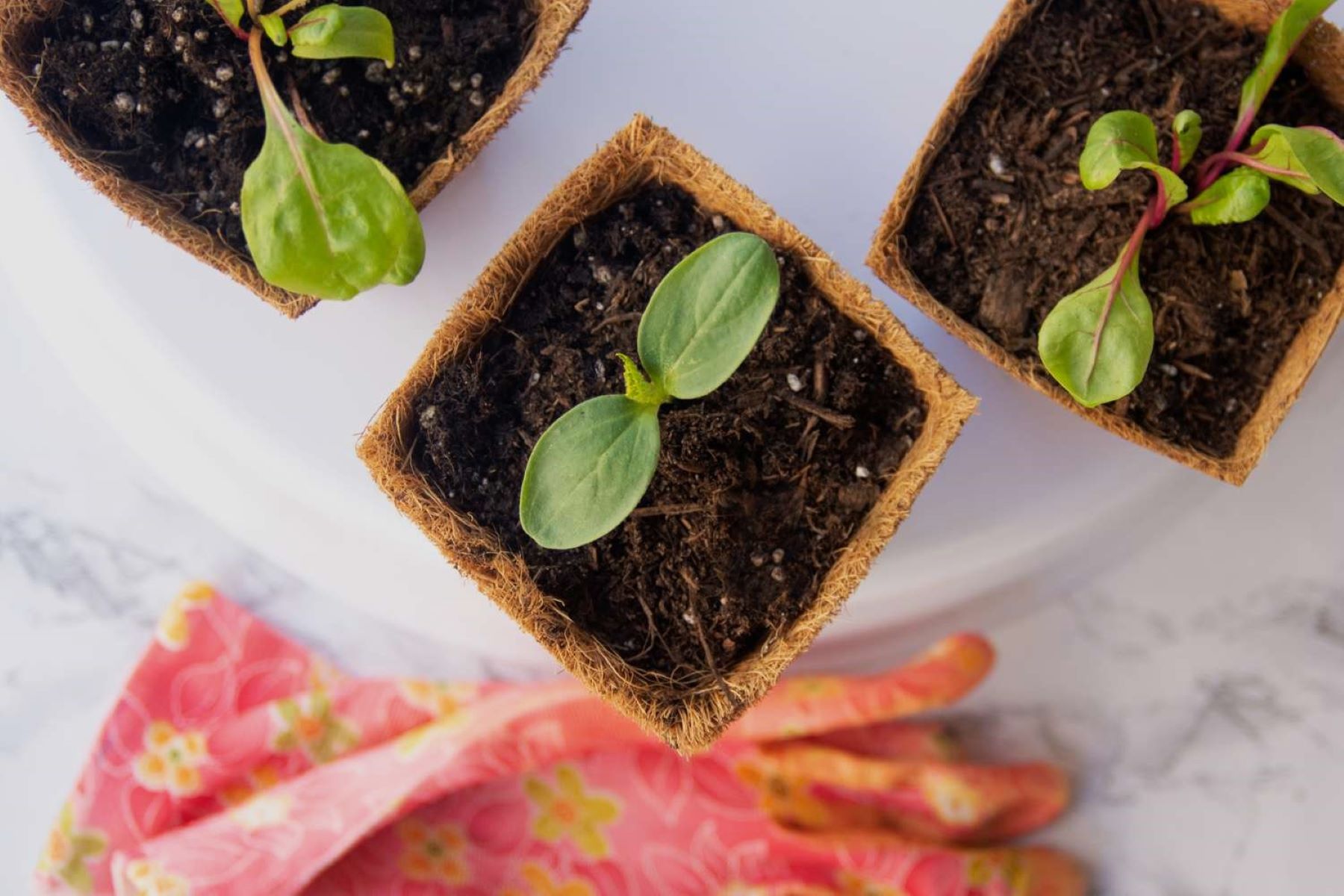
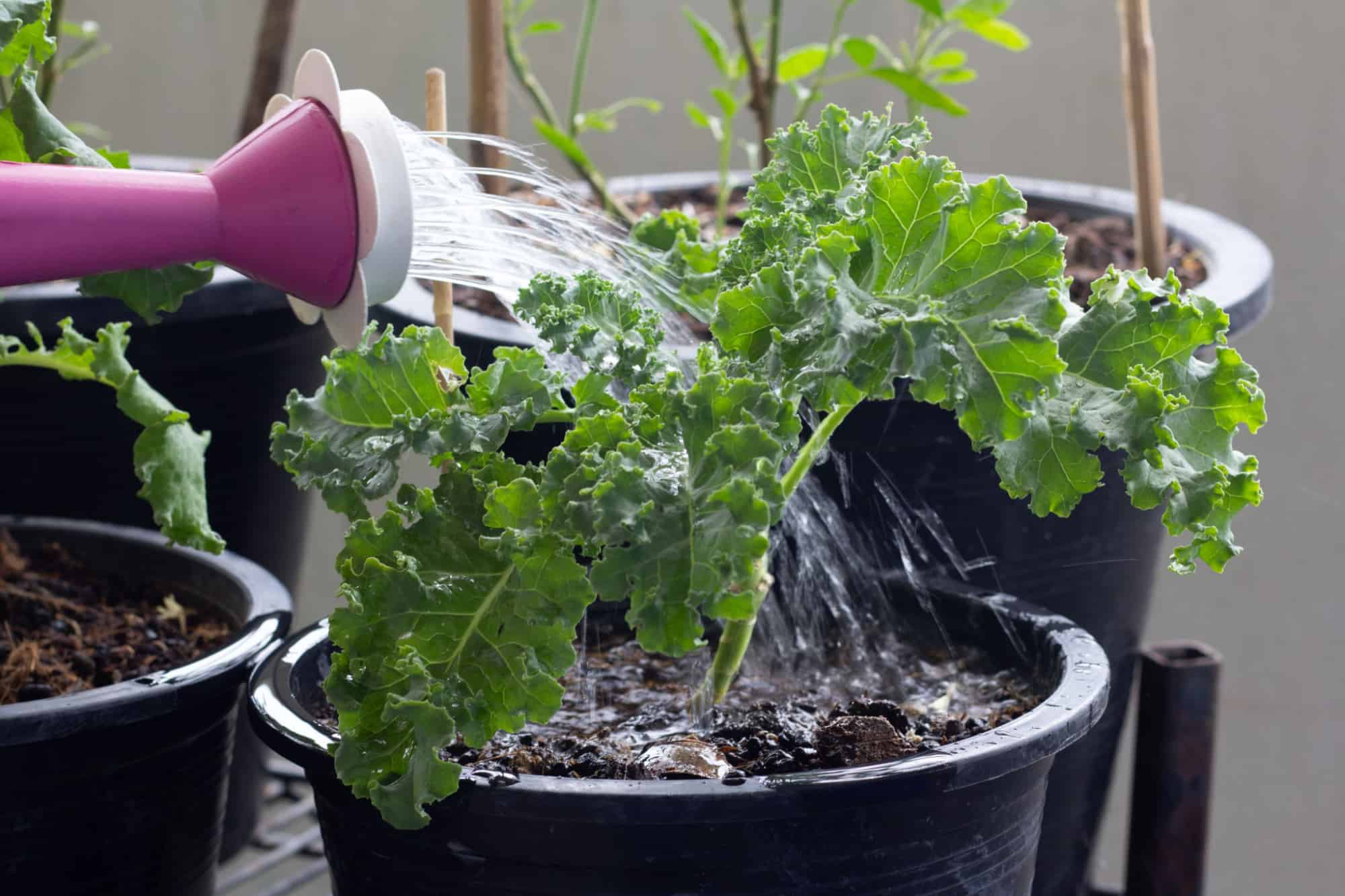
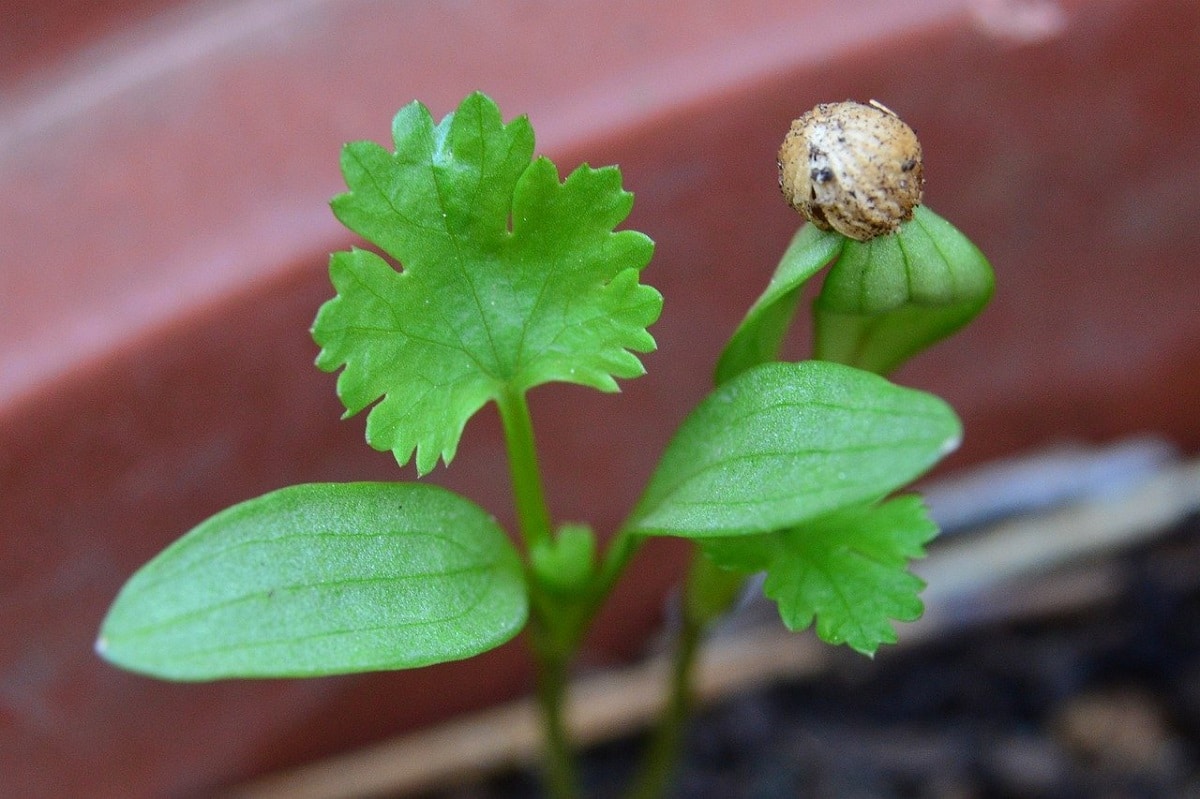
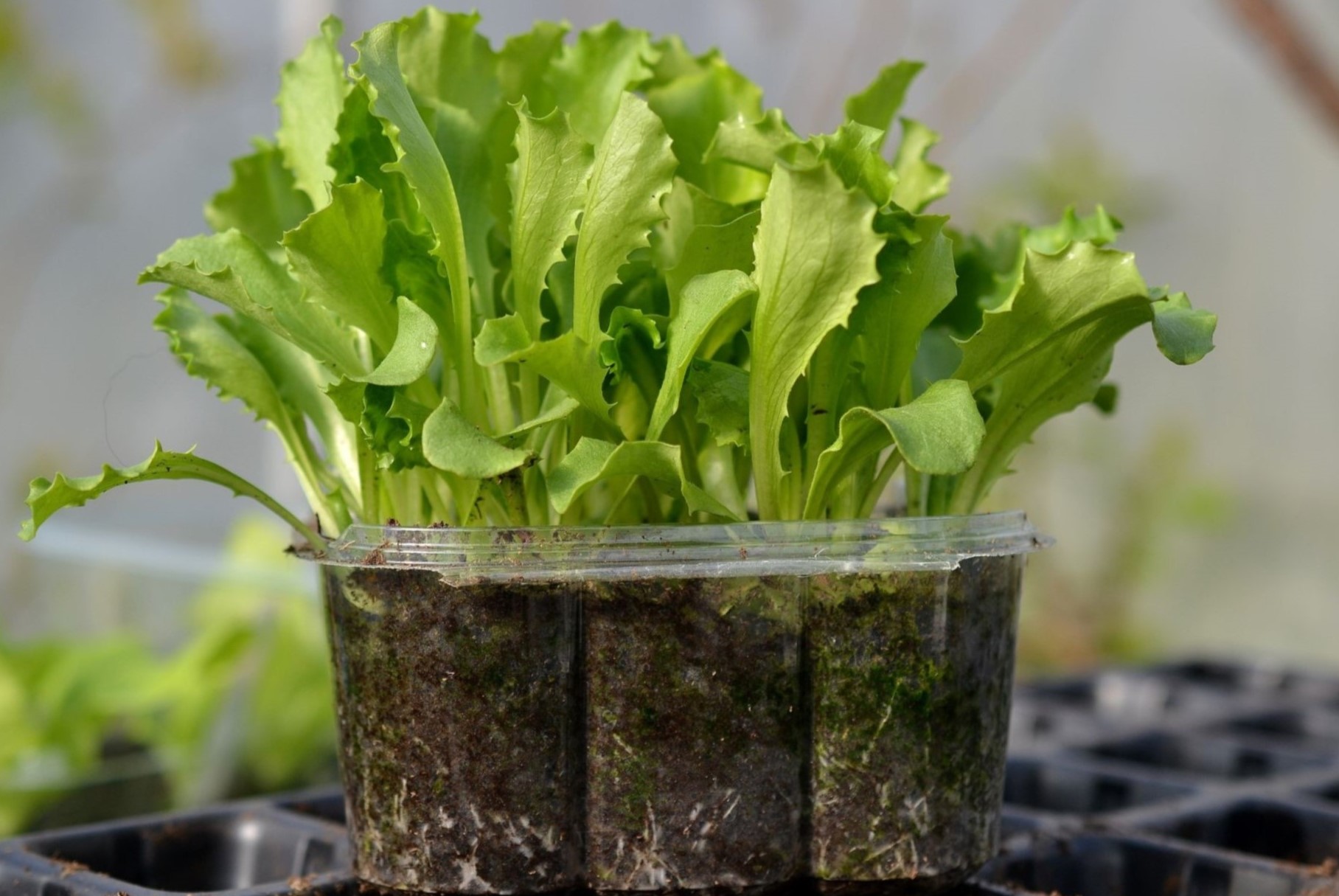
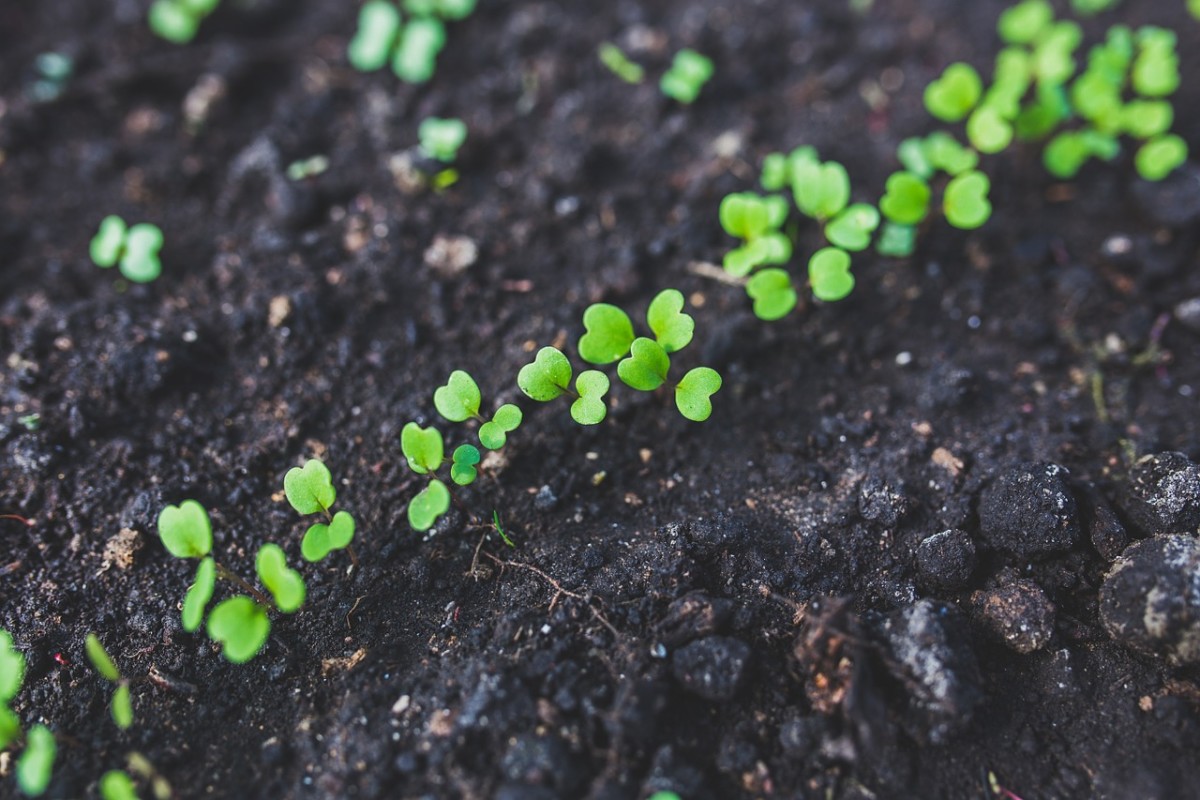
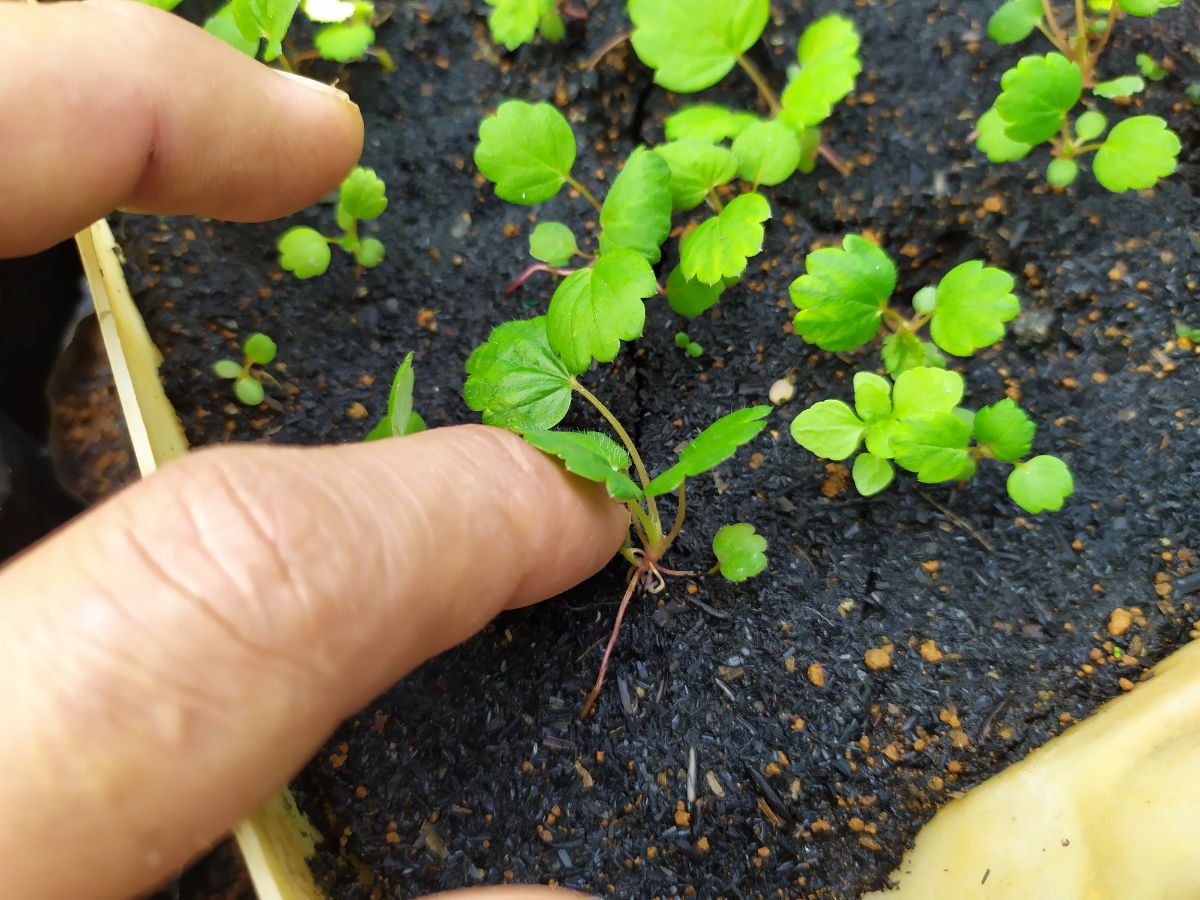
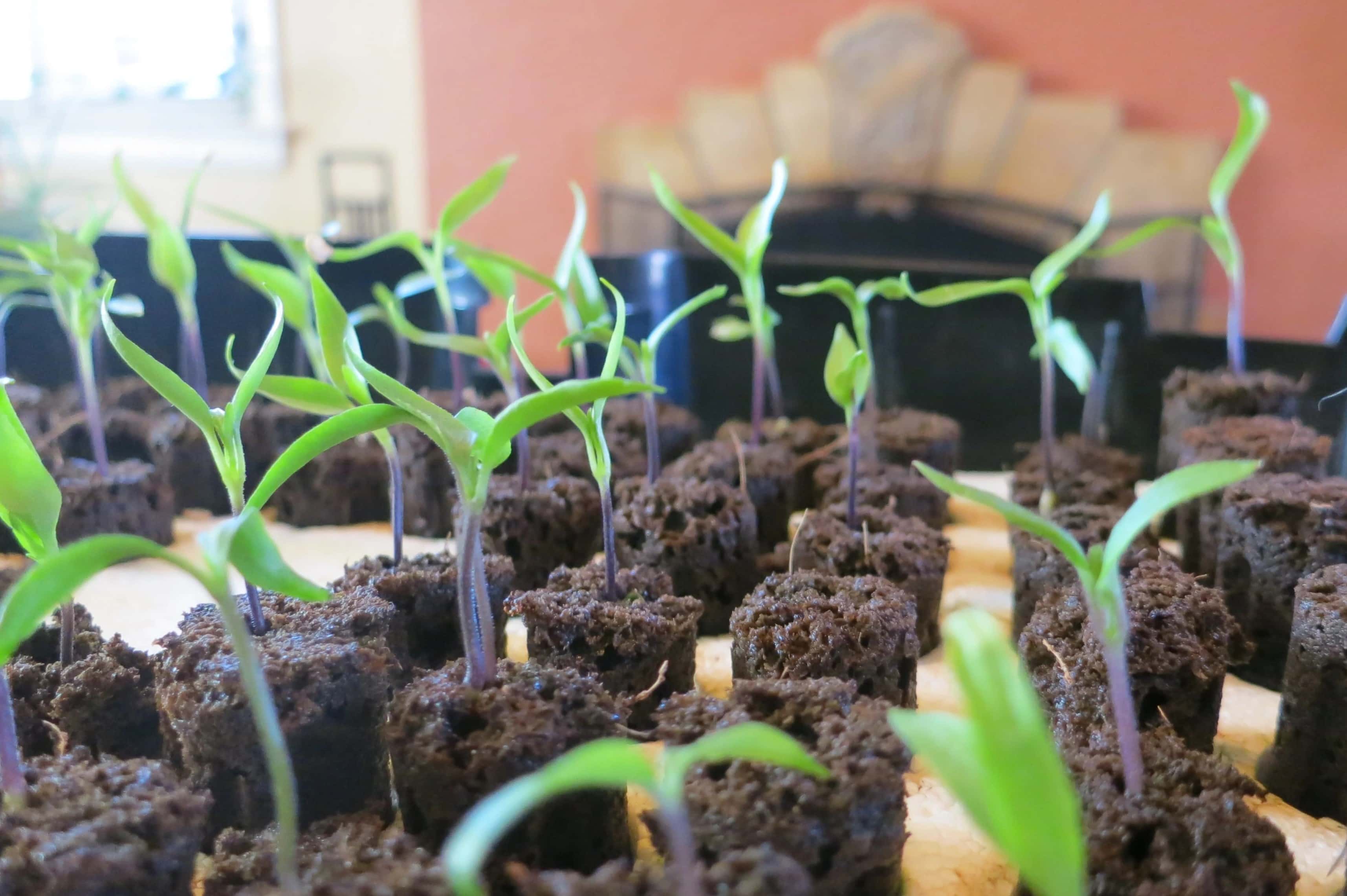
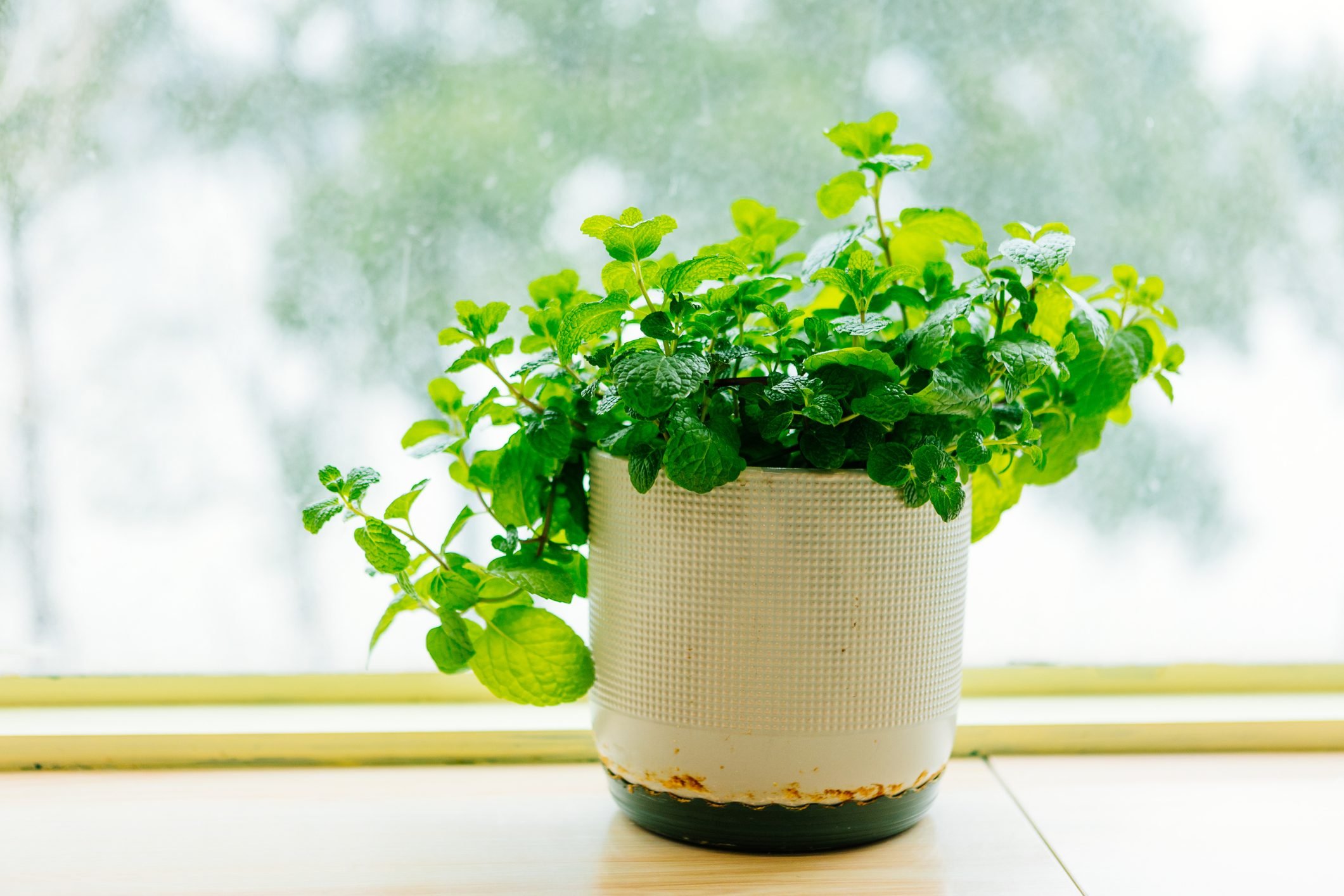
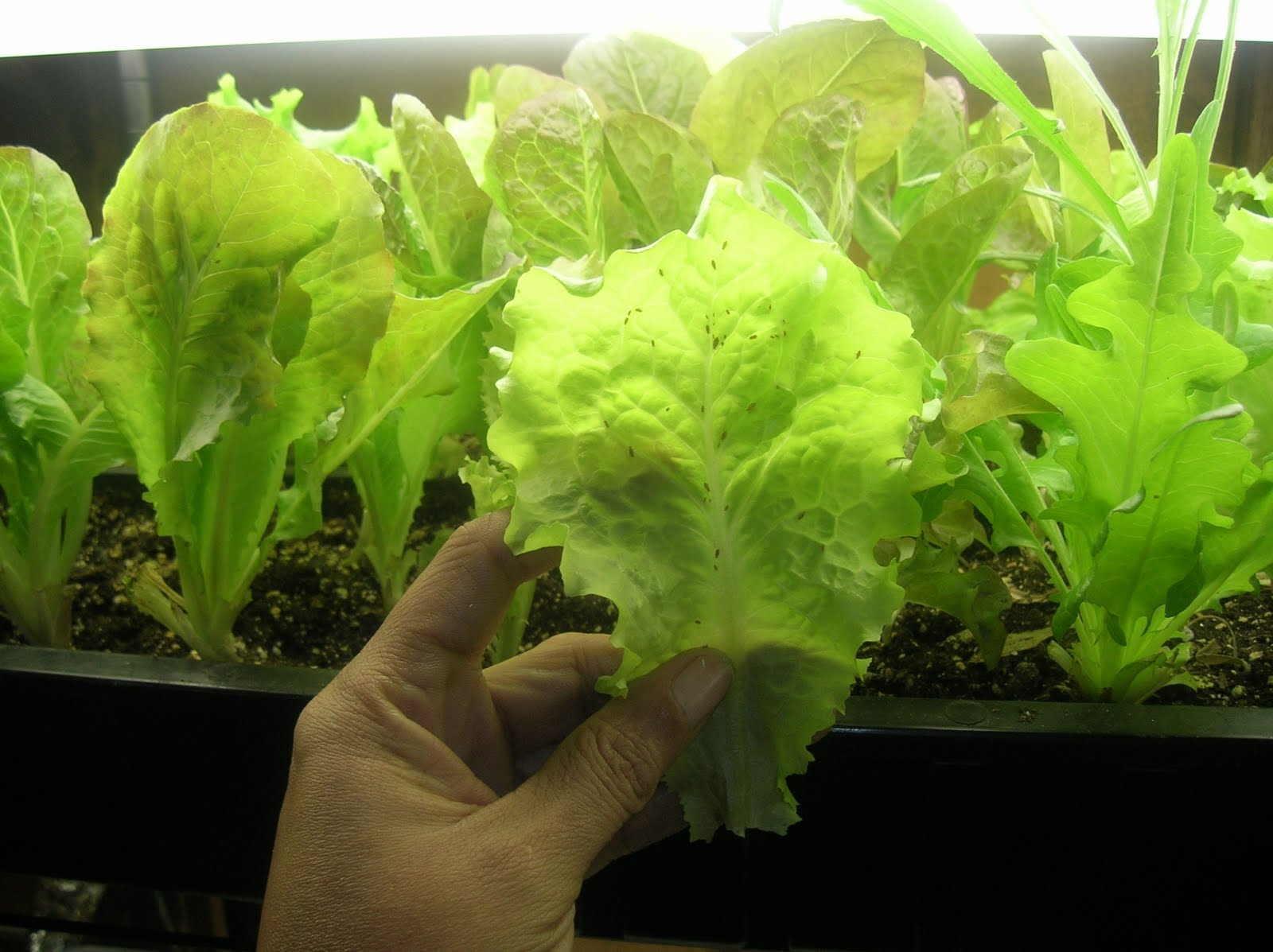
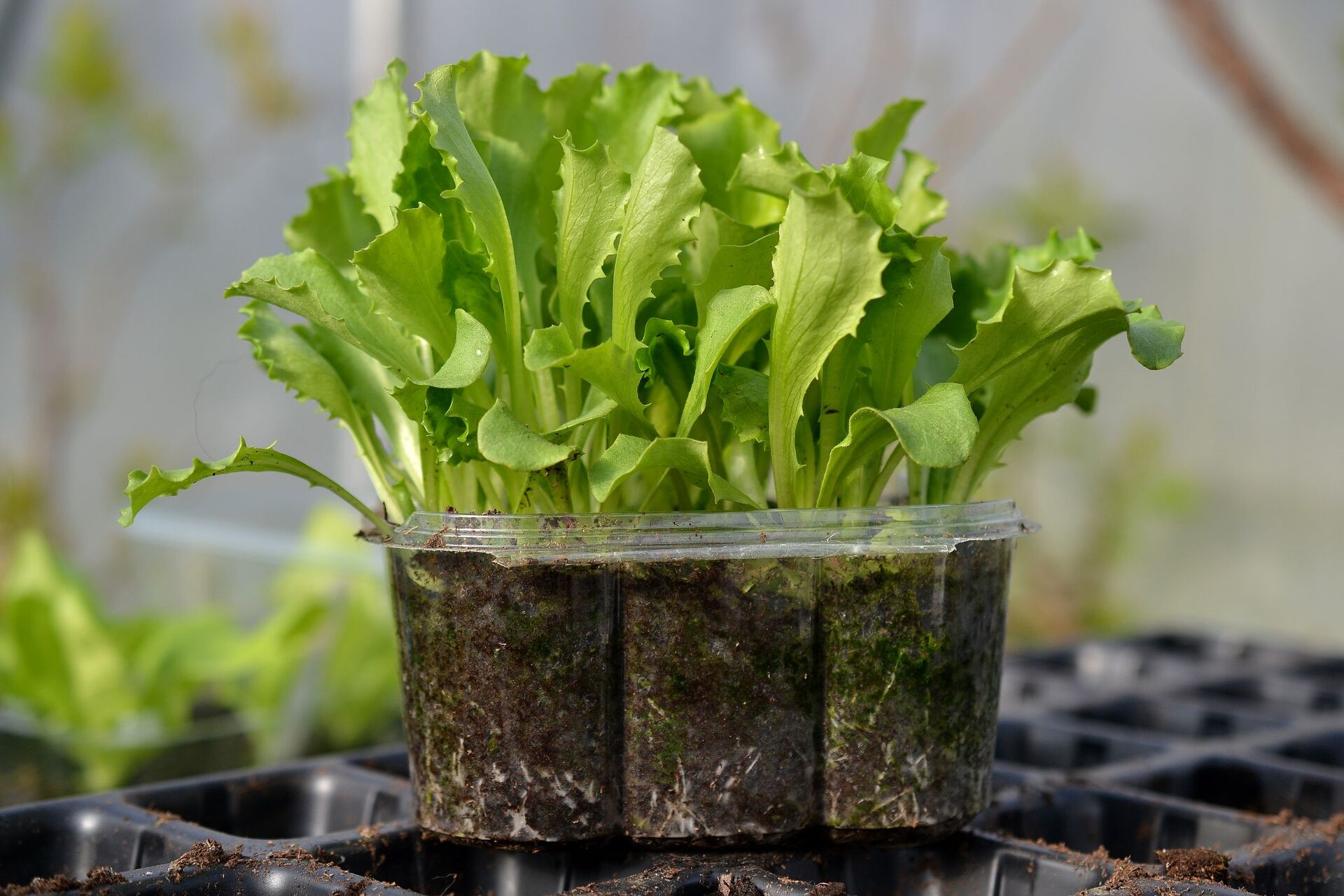
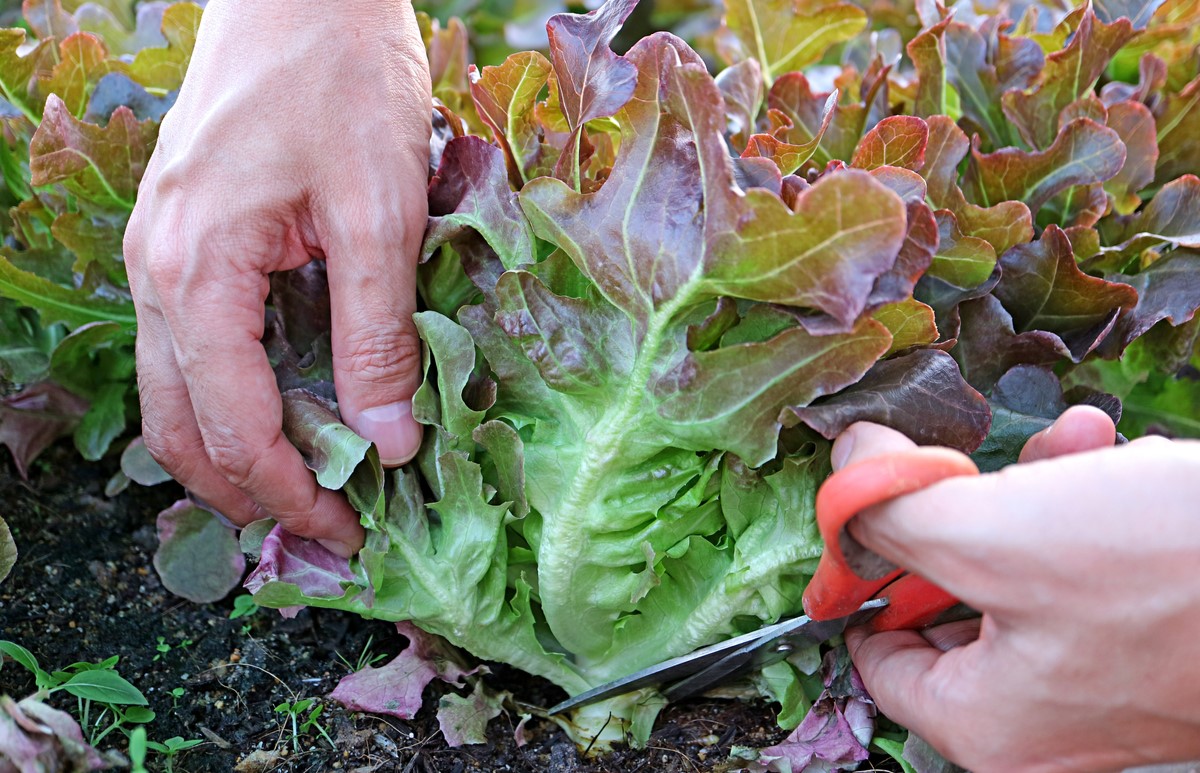
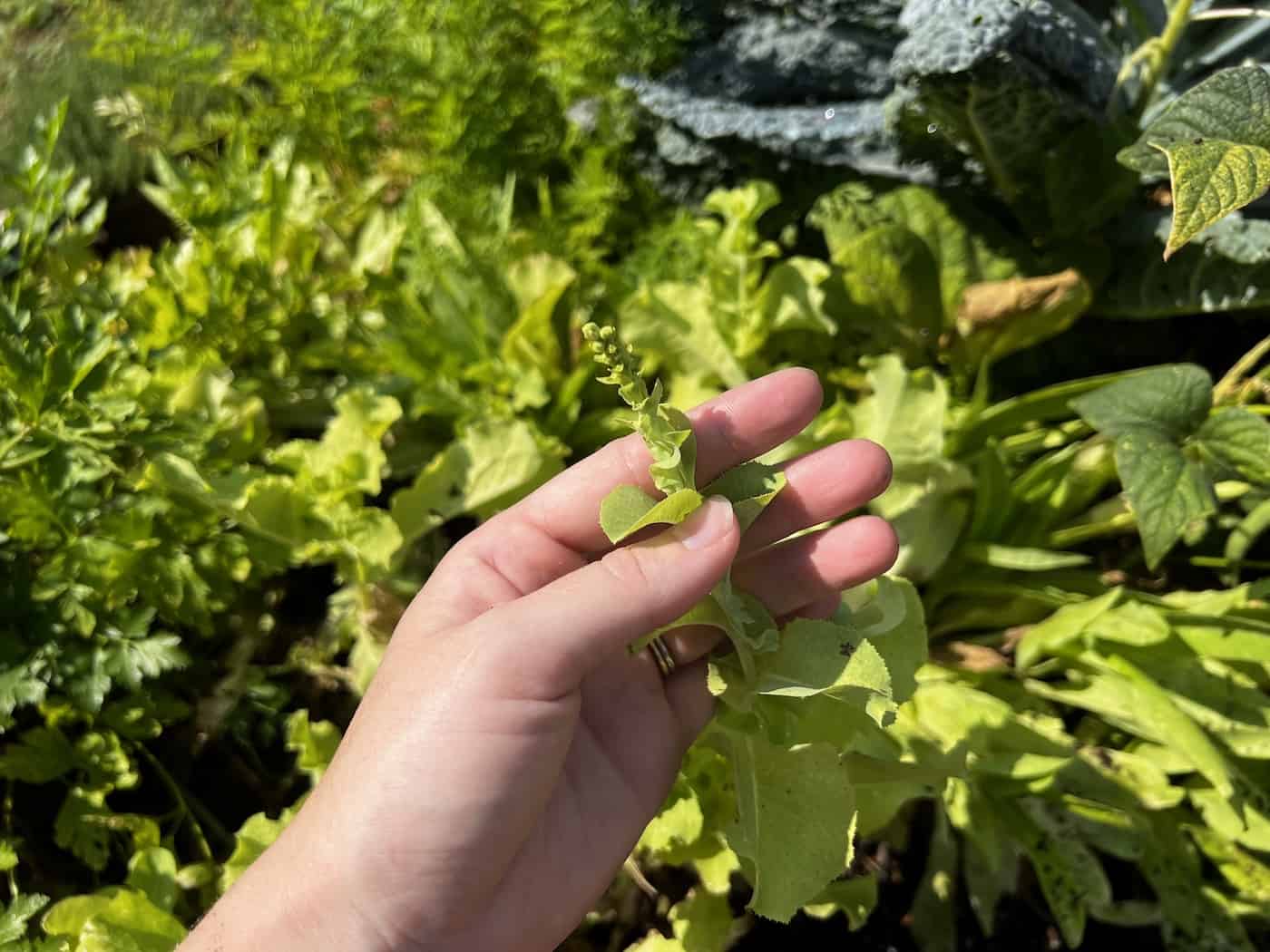
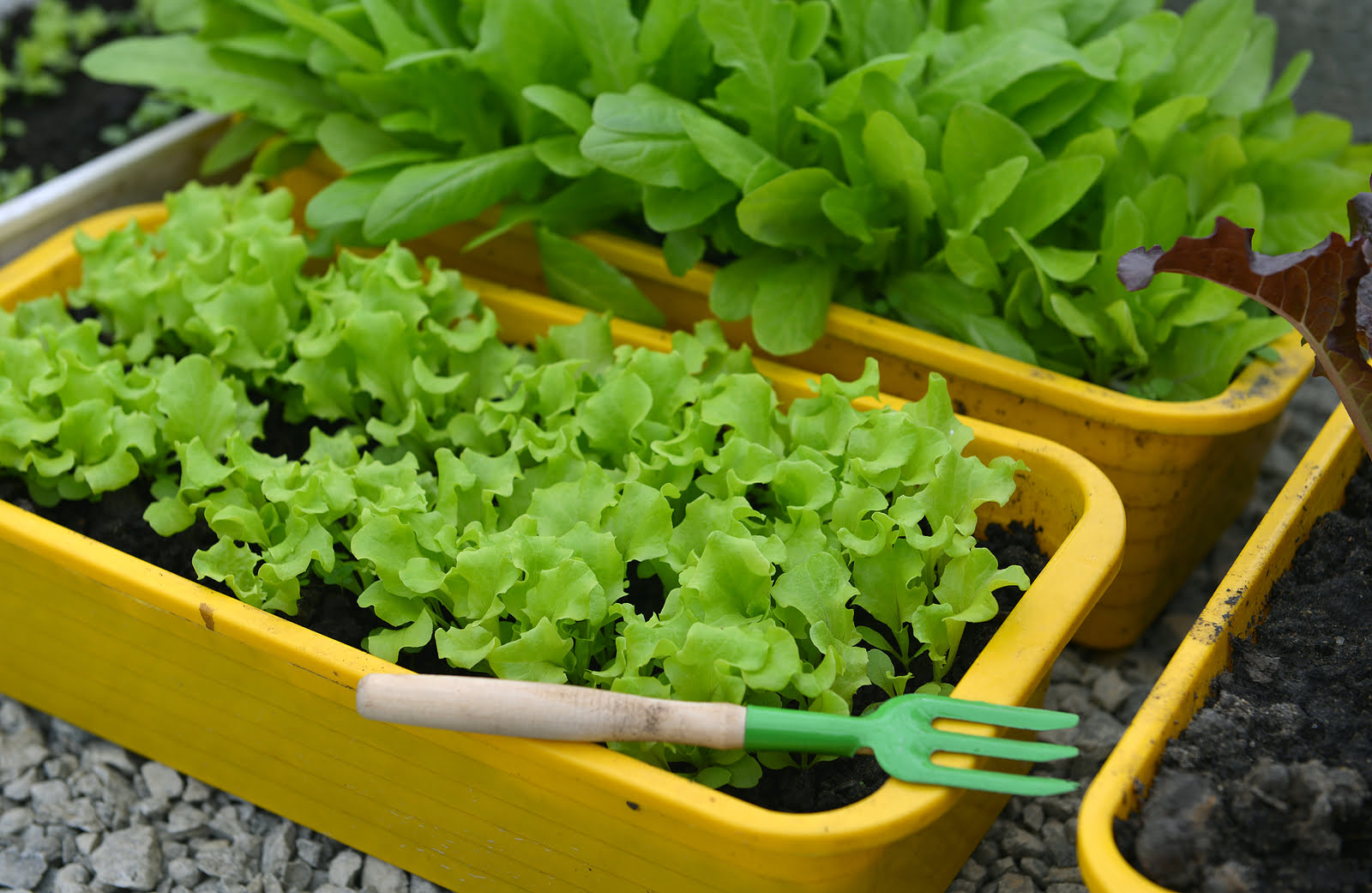

0 thoughts on “How To Grow Lettuce Indoors From Seeds”